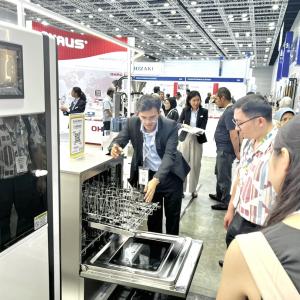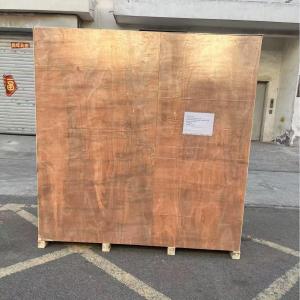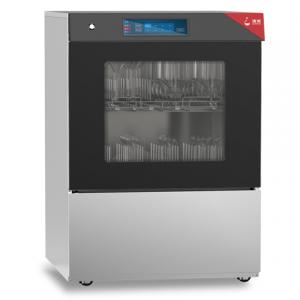Are there too many sample vials and difficult to wash? Laboratory glassware washers double cleaning efficiency and upgrade cleanliness!
In chromatography laboratories, every lab technician understands the importance of sample vial cleanliness to experimental results. However, faced with mountains of sample vials, manual washing is not only time-consuming and labor-intensive, but also yields inconsistent cleaning results. The advent of vial washers is quietly transforming laboratory cleaning methods, freeing up lab technicians' hands while ensuring consistent cleaning quality.

Efficiency Showdown: The Astonishing Gap Between Machines and Humans
Manual cleaning: How many lab technicians face this scenario every day: hundreds of used sample vials piled up by the sink, with lab technicians having to laboriously scrub each one by hand. Manual cleaning of sample vials involves repeated scrubbing, rinsing, and drying, with each step requiring manual operation. This not only results in low efficiency but also makes it difficult to ensure consistent cleanliness across all vials.

Laboratory bottle washer cleaning
Amazing batch processing capacity: The cleaning module is specifically designed for sample vials, with a single module capable of holding 150 vials. When using a double-layer basket rack design, the washer can clean up to 600 vials simultaneously. This easily meets the high-volume cleaning demands of high-demand environments.


Significantly improved cleaning speed: The standard cleaning program only takes 40 minutes, and with drying time, the entire cleaning process can be completed in about an hour. You can freely set parameters such as cleaning time and temperature for each stage. Manual cleaning of the same number of vials would take several times longer.
Freeing up manpower to create value: With the introduction of the laboratory glassware washer, laboratory staff no longer need to spend hours manually scrubbing glassware, and can devote this time to more valuable scientific research work.
Cleanliness Comparison: Visible and Invisible Differences
Manual cleaning: Manual cleaning of sample vials raises concerns about residue. Even vials that appear clean to the naked eye may contain trace amounts of detergent or contaminants, which can affect the accuracy of experimental results.

Laboratory glassware washer cleaning
Cleaning procedure: The cleaning procedure covers four key steps: alkaline main cleaning, acid neutralization, pure water rinsing, and drying. First, spray cleaning and gradual heating are used to enable the alkaline cleaning agent to effectively decompose contaminants; then, an acidic cleaning agent is automatically added for neutralization treatment; next, pure water rinsing is used to ensure that the glassware is clean and free of residue; finally, drying is performed to make the glassware shiny and new.
High-Pressure Spray: During cleaning, the spray arms and nozzles on the upper and lower baskets of the washer simultaneously release water, spraying the surfaces and interiors of the utensils to rinse away residues, leaving no dead corners.
Cleanliness Verification: All cleaning data and operational records can be recorded, queried, and printed. Cleaning results can be verified.



